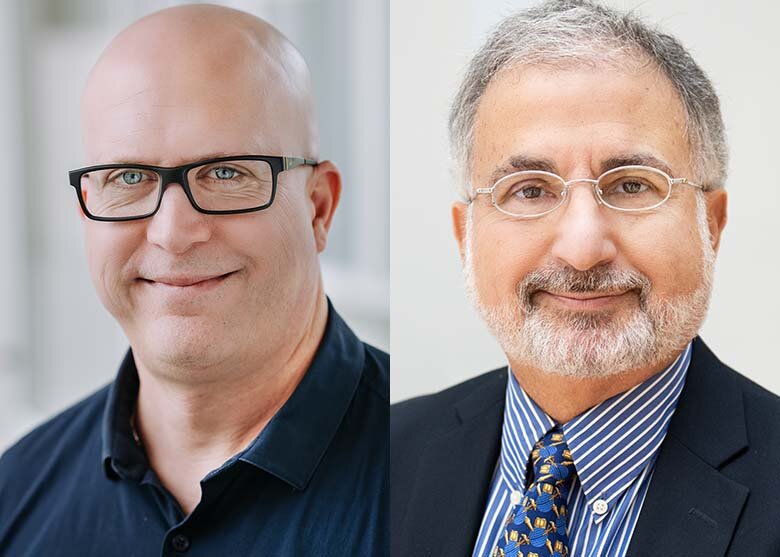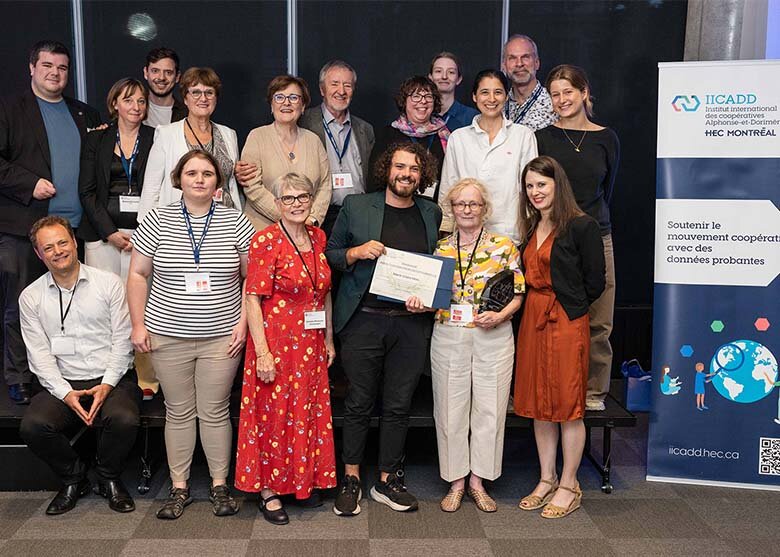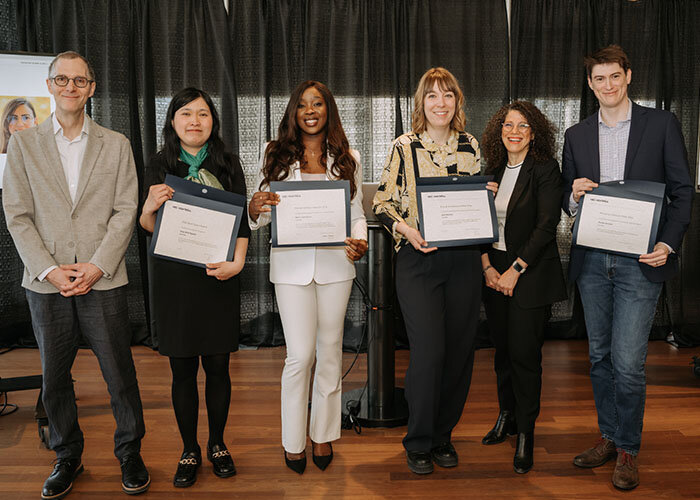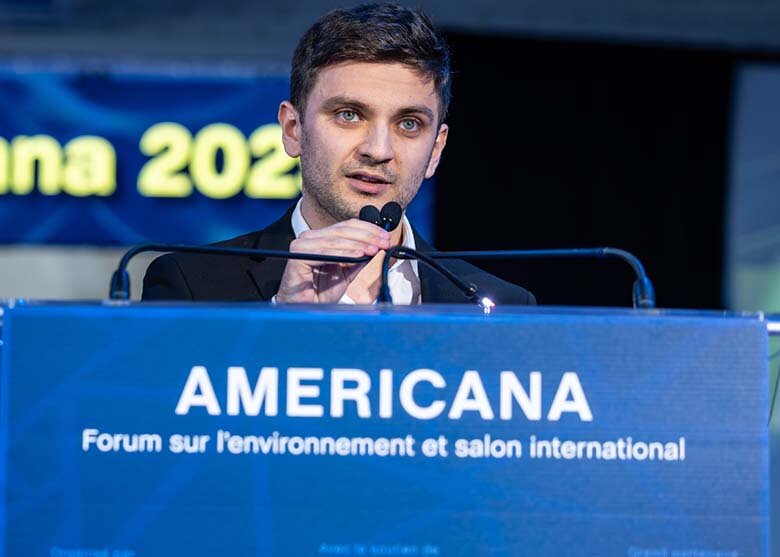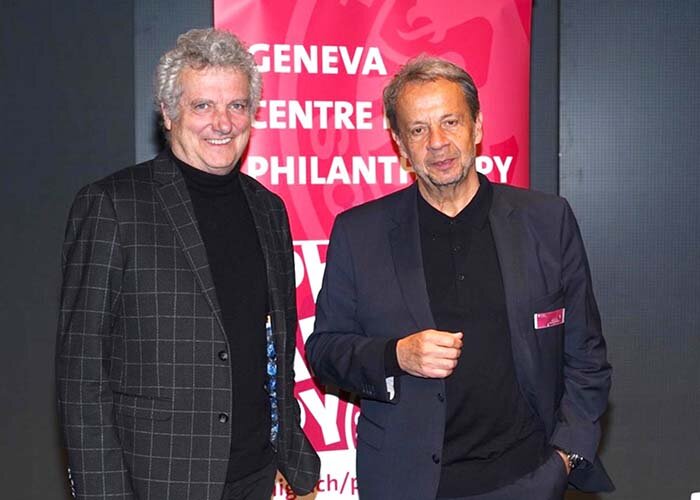Research and knowledge transfer
Greater Montreal: A metropolis in catch-up mode, and facing a number of challenges
November 16, 2015
The Institut du Québec (IdQ), in co-operation with the Board of Trade of Metropolitan Montreal and Montréal International, today published a report listing 29 socio-economic indicators for the Montréal metropolitan area, comparing it with 14 other North American cities and four European cities. The indicators, divided into five categories (the economy, innovation, human capital, quality of life, and overall attractiveness), produced a picture of Greater Montreal’s strengths and weaknesses, with a view to suggesting what measures need to be taken to improve the city’s performance.
“Greater Montréal does have some strengths, like its quality of life and the growth in its GDP and productivity,” said IdQ President Raymond Bachand. “It also remains competitive in attracting foreign businesses. However, the region faces many challenges in terms of stimulating innovation and the availability of human capital.”
| HIGHLIGHTS |
|

